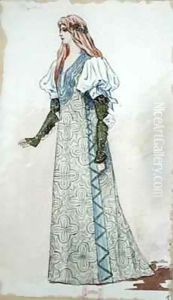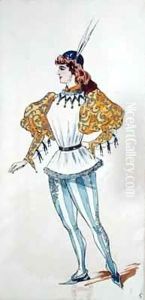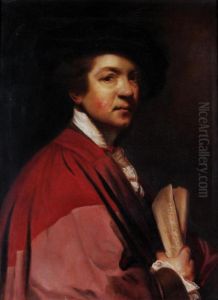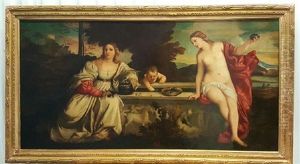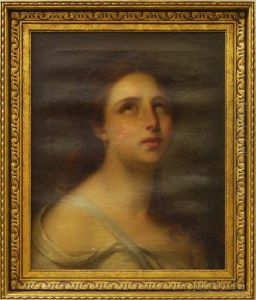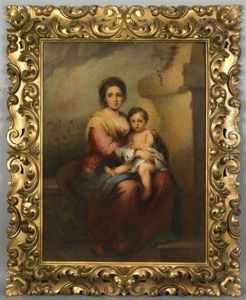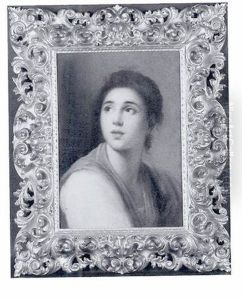Charles Bianchini Paintings
Charles Bianchini was a French artist and designer, born in 1860 and passed away in 1905. Although not as widely recognized as some of his contemporaries, Bianchini made a considerable contribution to the decorative arts in France during the late 19th and early 20th centuries, a period known for its rich artistic innovation and the flourishing of the Art Nouveau movement.
Bianchini's work spanned various disciplines, including textile design, illustration, and interior decoration. He was known for his intricate patterns and motifs, often incorporating floral and natural elements, which were in vogue during the Art Nouveau era. His designs reflected the movement's philosophy of art being a part of everyday life and were applied to a range of materials and objects, from wallpapers and fabrics to furniture and other decorative items.
During his career, Bianchini collaborated with prominent manufacturers and was involved in several important design projects. He participated in the 1900 Exposition Universelle in Paris, a world's fair that marked the high point of the Art Nouveau style and showcased the work of artists and designers from around the globe. His contributions to this exposition helped cement his reputation as a skilled designer.
Despite his success, Charles Bianchini's life was relatively short; he died in 1905 at the age of 45. His work, however, continued to influence designers and artists, and his patterns can still be seen as emblematic of the Art Nouveau aesthetic. While he may not be as celebrated as some of his peers, Bianchini's designs remain a testament to the creativity and beauty of the Art Nouveau movement.
